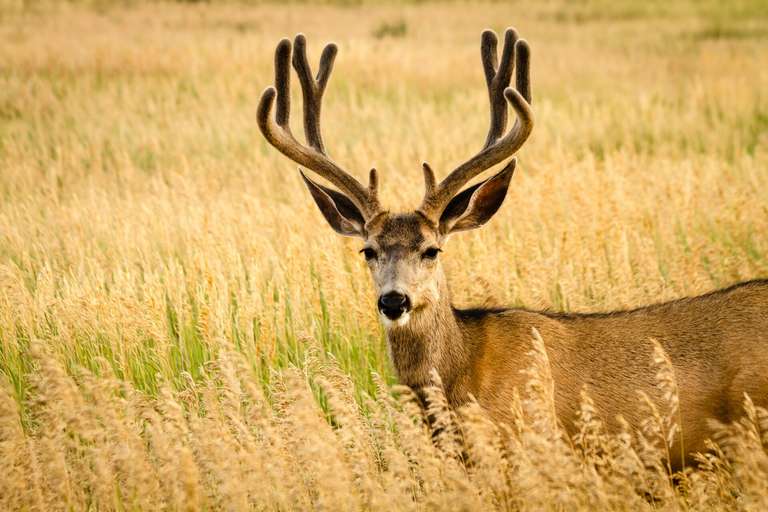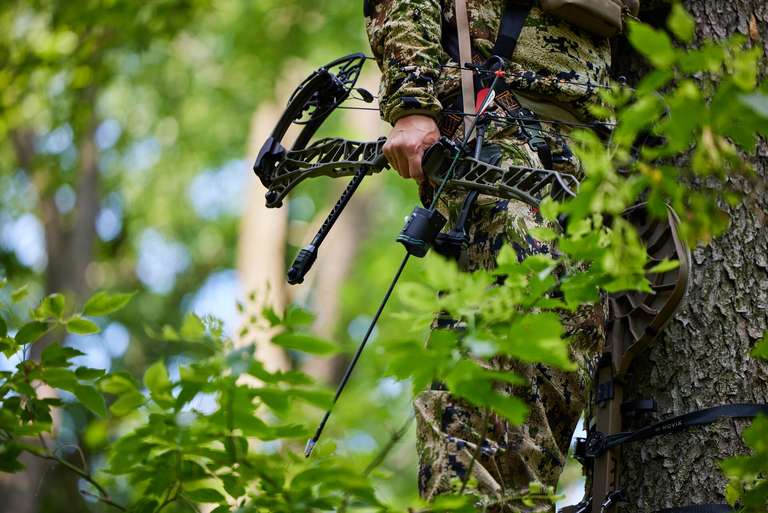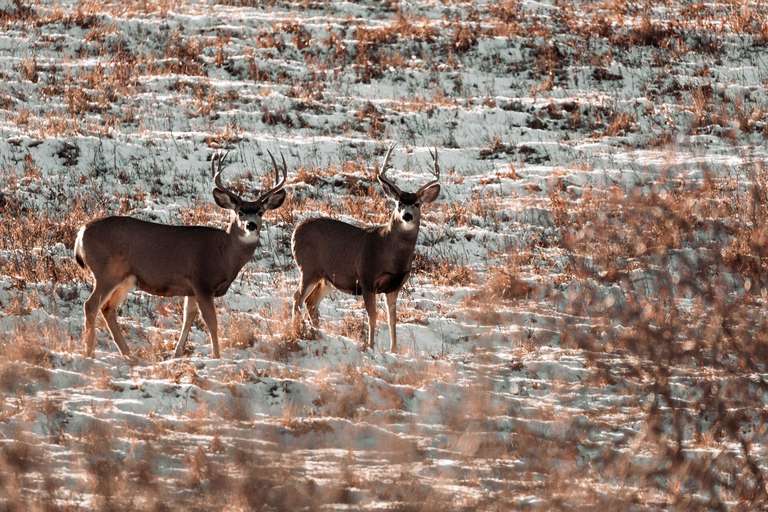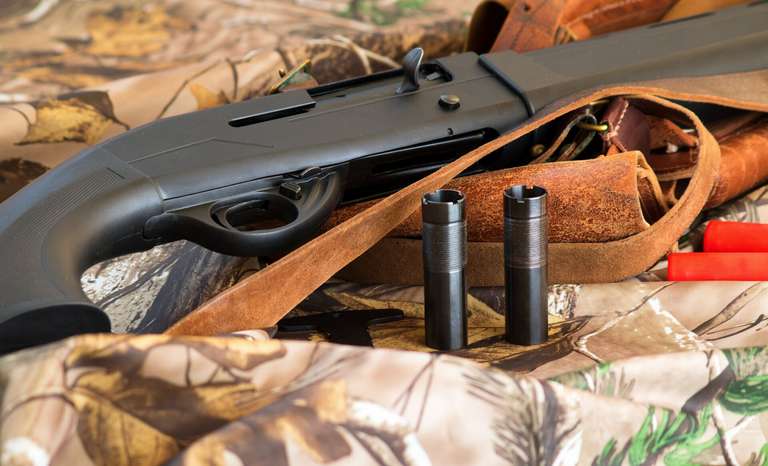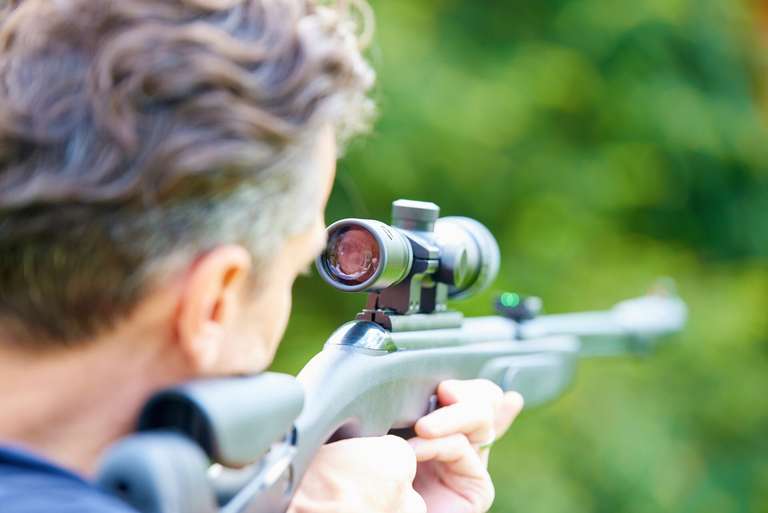Summer Dog Training for South Dakota Pheasant Hunting Season
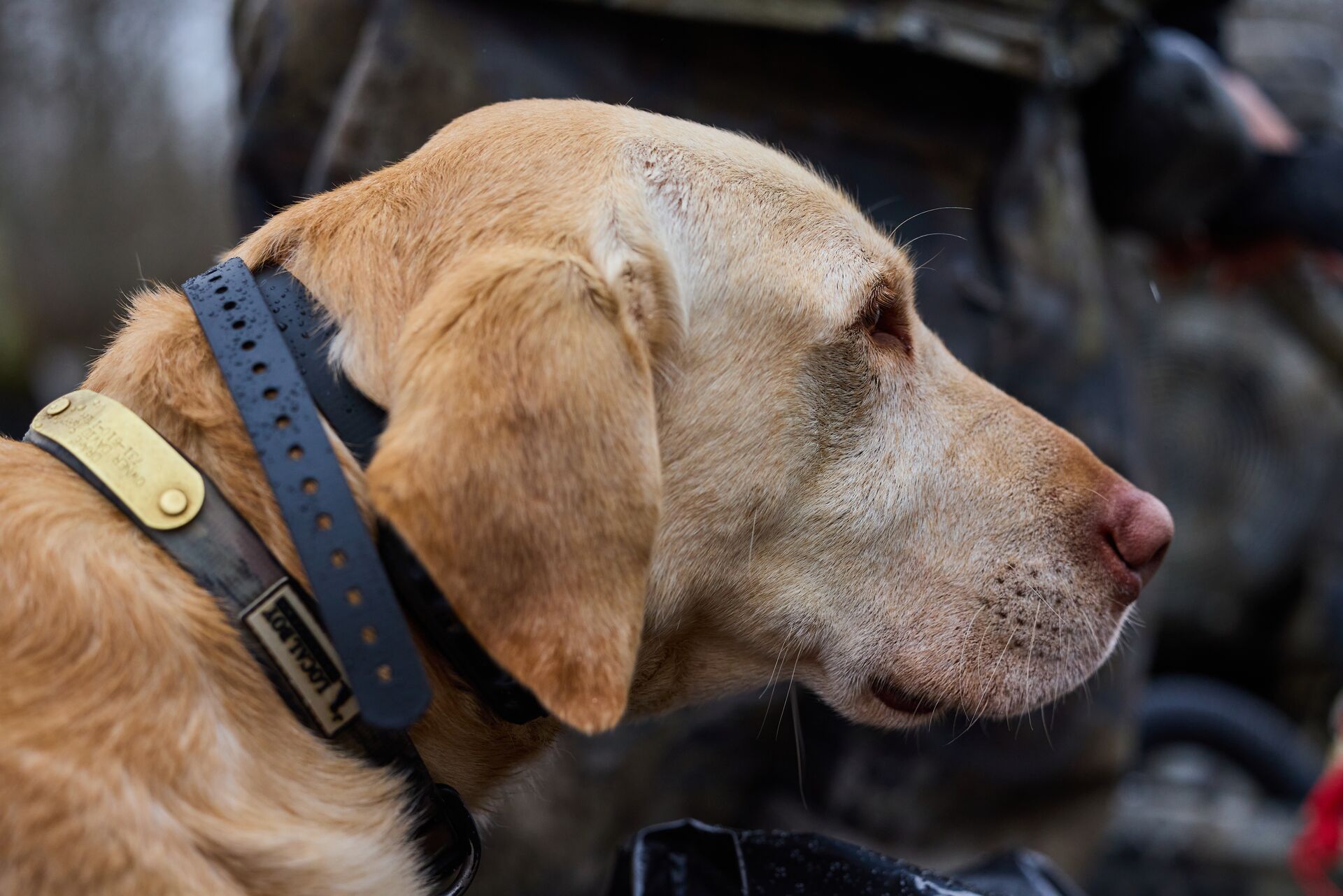
South Dakota’s prairies are home to some of America’s finest upland bird hunting. There’s no better field partner than an enthusiastic and well-trained bird dog.
However, if you want your four-legged companion ready for opening day, you must spend the summer preparing your dog for the rigors of South Dakota pheasant hunting season.
Training your dog during the warmer months can establish the foundation for picture-perfect points and retrieves in the field and provide the perfect opportunity to improve your hunting fitness.
Let’s take a closer look at the key components of summer dog training, including licensing information, training drills, and best practices for upland dogs.
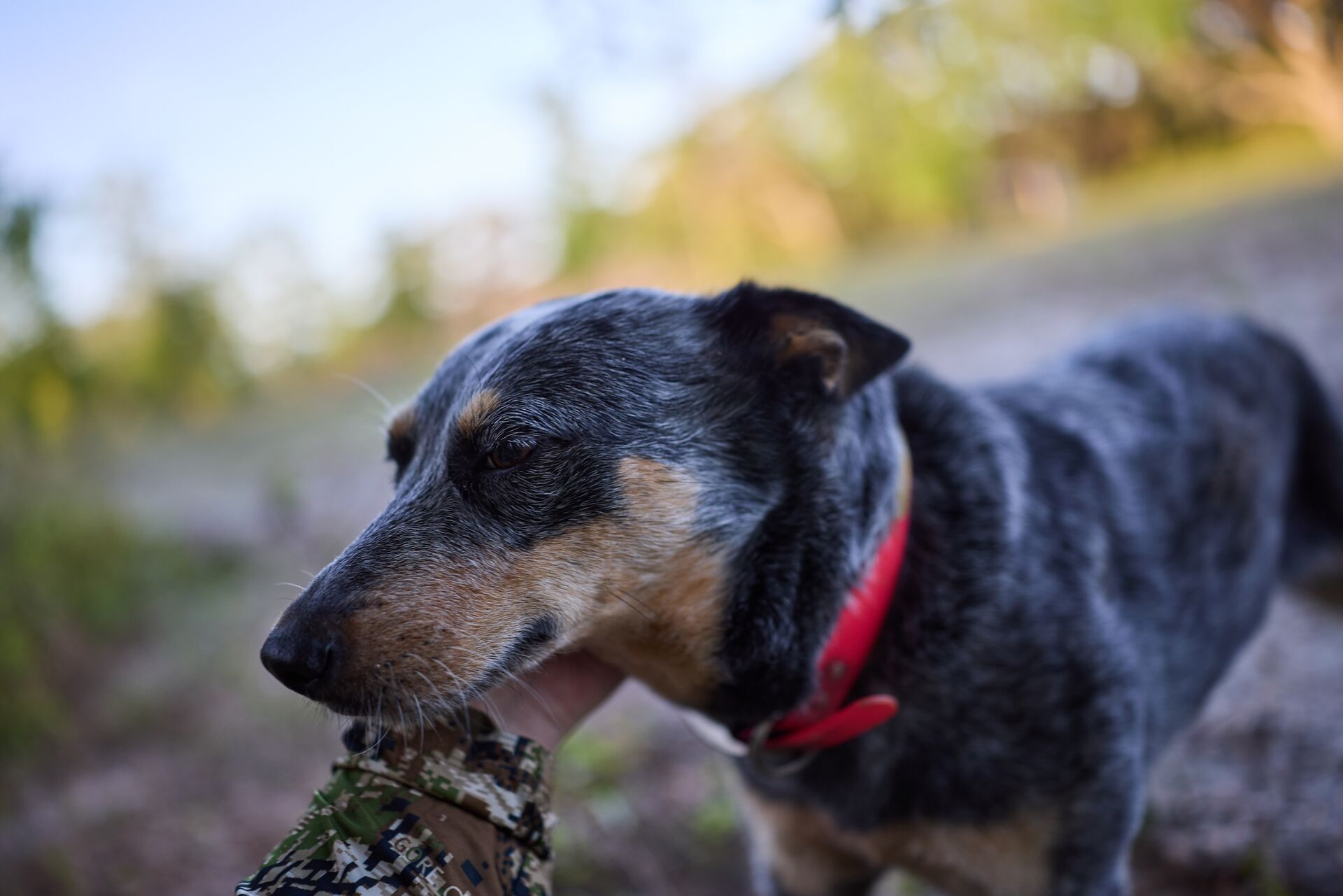
Why Summer Dog Training Matters
Top-performing bird dogs don’t magically show up on opening day. They’re made during the off-season.
The South Dakota pheasant hunting season will challenge you and your dog’s stamina. Covering miles of open terrain across cornfields, grass, and fence rows takes a well-conditioned dog.
Summer training is also an excellent time to focus on how to train a dog to hunt pheasants by reinforcing and polishing basic obedience. When the adrenaline is running high, you want your dog to still be able to execute the basic behaviors of going with you ("heel"), coming back to you ("here"), and standing still ("whoa").
Your dog’s ability to consistently respond to these commands can mean the difference between a missed opportunity and a retrieved bird. Or worse, an injury.
Make Training Sessions Count
Summer training, like all training sessions, should be short and progressive. Start with sessions in the cooler morning hours and gradually increase duration. Always watch your dog closely for signs of heat exhaustion and provide plenty of water breaks and shade.
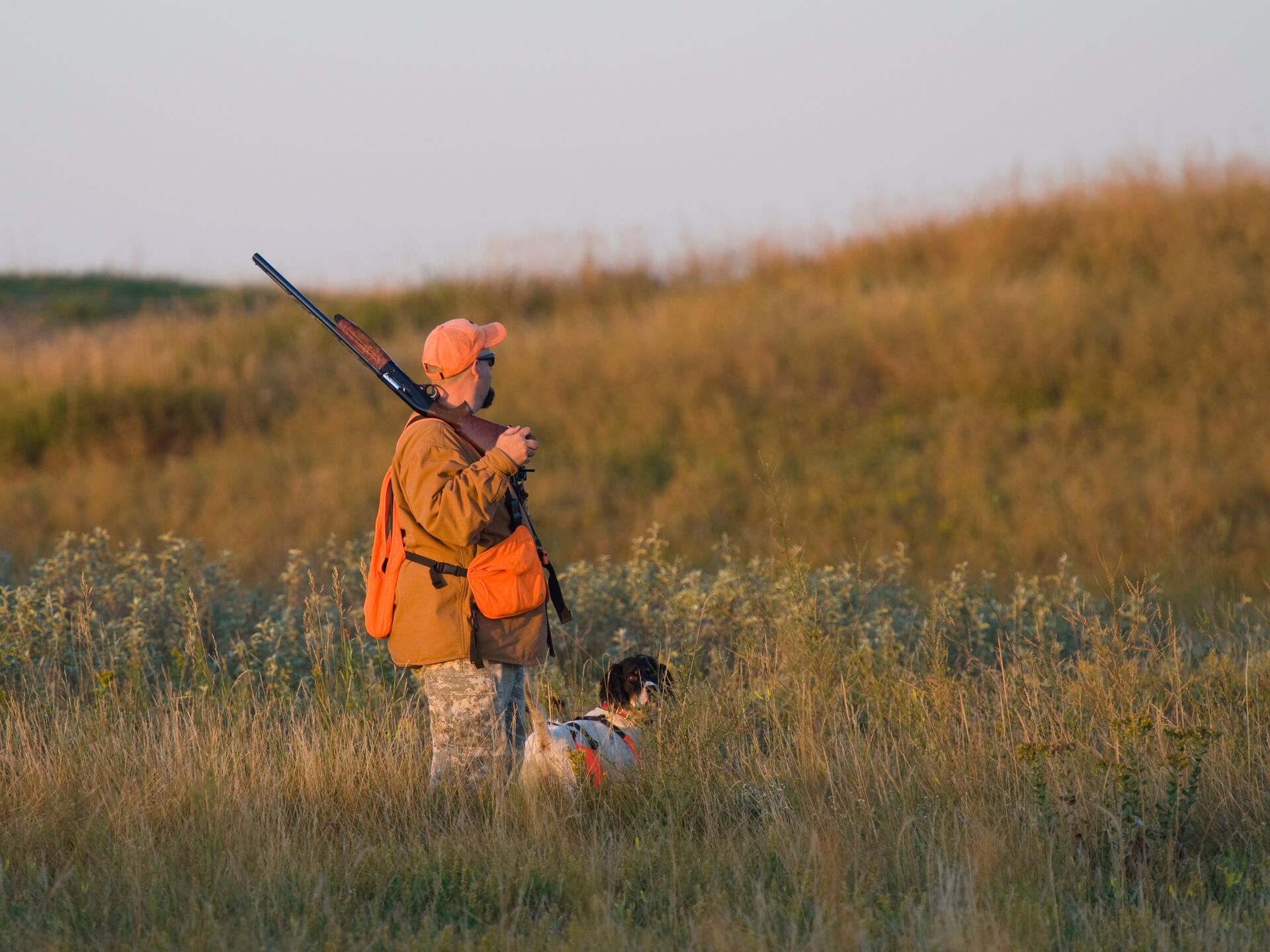
South Dakota Pheasant Hunting License Information
While you’re working with your dog, spend some time familiarizing yourself with the current South Dakota pheasant hunting license requirements.
These requirements include:
- South Dakota residents age 16 and older must have a small game license.
- Non-residents need to purchase a non-resident small game license. These licenses are valid for two 5-day periods.
- Hunters under 16 must be accompanied by a licensed adult. Special youth seasons may also be available.
- Hunting dogs can be used to hunt upland birds, but the dogs must always be controlled.
Pheasant season usually starts mid-October and runs through mid-January. The state also has daily and possession limits, so make sure to check the latest regulations on the South Dakota Game, Fish, and Parks website.
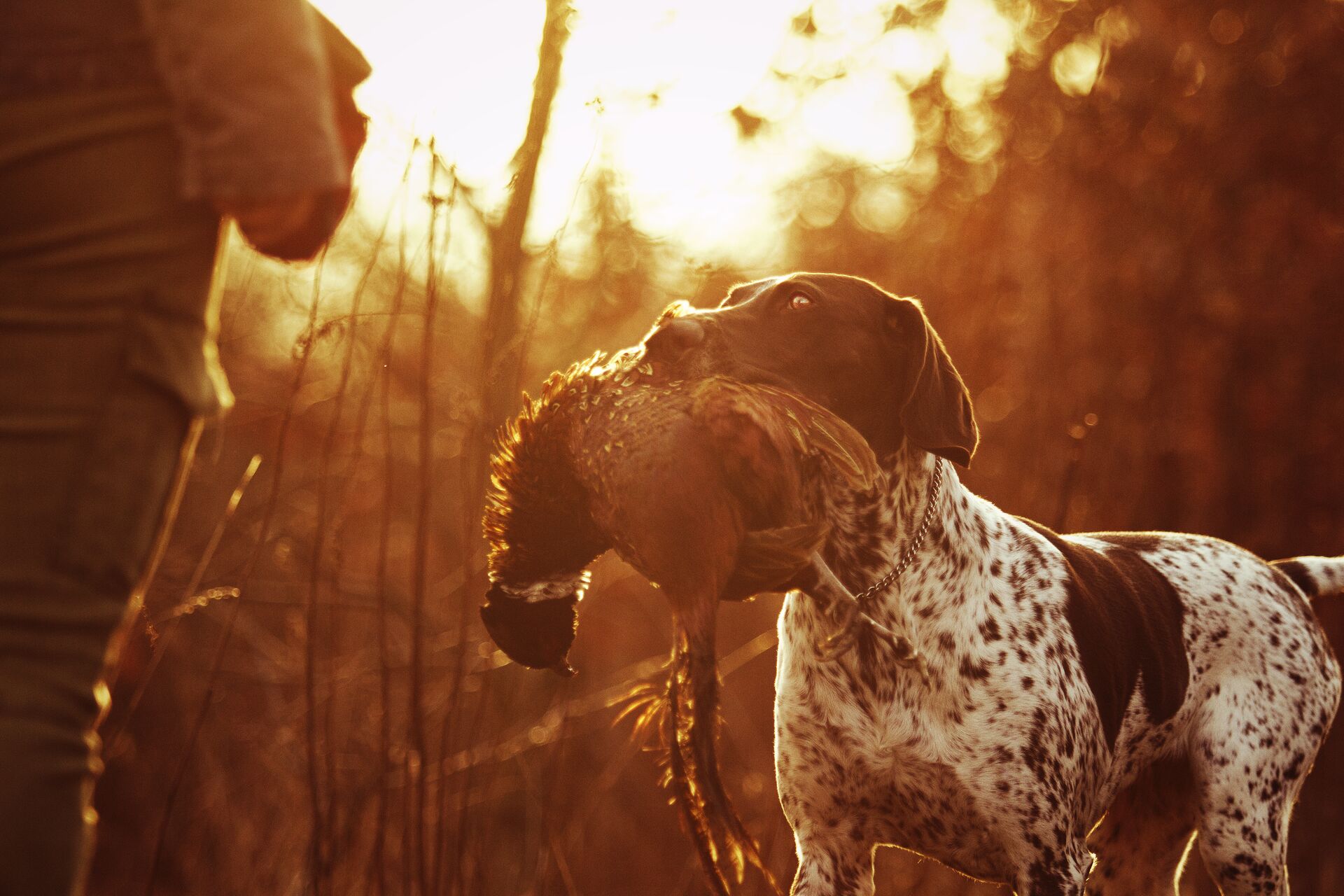
How to Train a Dog to Hunt Pheasants
Training a dog to hunt pheasants starts with a progressive method of systematically building skills and communication between the dog and the handler. Here are a few key areas to focus on over the summer.
Basic Obedience
No matter if you have a pointer, flusher, retriever, or versatile gun dog on your hunt, your dog should reliably obey commands like “heel,” “come/here,” “drop/give,” “fetch,” and “sit.” Master obedience commands and responses first before getting into hunting training.
Scent Training
Once your dog is solid on basic obedience, introduce pheasant-scented training bumpers or wings to teach your dog that that smell equals fun.
Start in short grass with obvious placements to make the training aid easy to find. You want to give your dog answers to the test and make it easy to be successful. After a few sessions, place the bumper in a more realistic cover to develop your dog’s nose.
Retrieving Drills
Work on retrieving with bumpers and dead birds. If your dog likes to chew the birds, use a frozen one.
Off-season retrieving work is an outstanding time to clean up any chewing, hard mouths, or sloppiness when delivering to hand. You can also use this time to reinforce the “whoa” command, marking, and directional and blind retrieves.
Field Exposure
As your dog’s skills increase in your training area, proof those behaviors in the field.
Work your dog in natural pheasant habitats such as tall grasses, wetland edges, and brush. Varying training locations will help your dog adapt to different environments and minimize location-specific behaviors.
Gunfire Desensitization
Desensitizing your dog to gunfire is critical. You want your dog not to be afraid of gunfire but to associate that sound with fun things falling out of the sky to retrieve.
Begin with a helper at least 50 yards behind you, armed with a starter’s pistol or .22 caliber blanks. Throw a bumper, and the helper will fire the gun as it hits the top of its flight arc. As the dog gets comfortable and ignores the noise, slowly bring the helper closer and closer. Work up to actual shotgun fire during live bird training.
Do not rush this process if your dog starts getting spooked. Move the gunfire farther back and start over.
Live Bird Work
Use live birds if you can access pen-raised birds, and they’re legal to train with in your area. The birds can initially be held in front of the dog to build excitement. Like gunfire, you must gradually introduce live birds to your dogs.
Once your dog shows enthusiasm for the bird and isn't flustered by flapping wings, you can place the bird in a trap. Use a check cord to control your dog, and let it approach downwind of the bird to start connecting the dots between detection, “whoa,” and the bird.
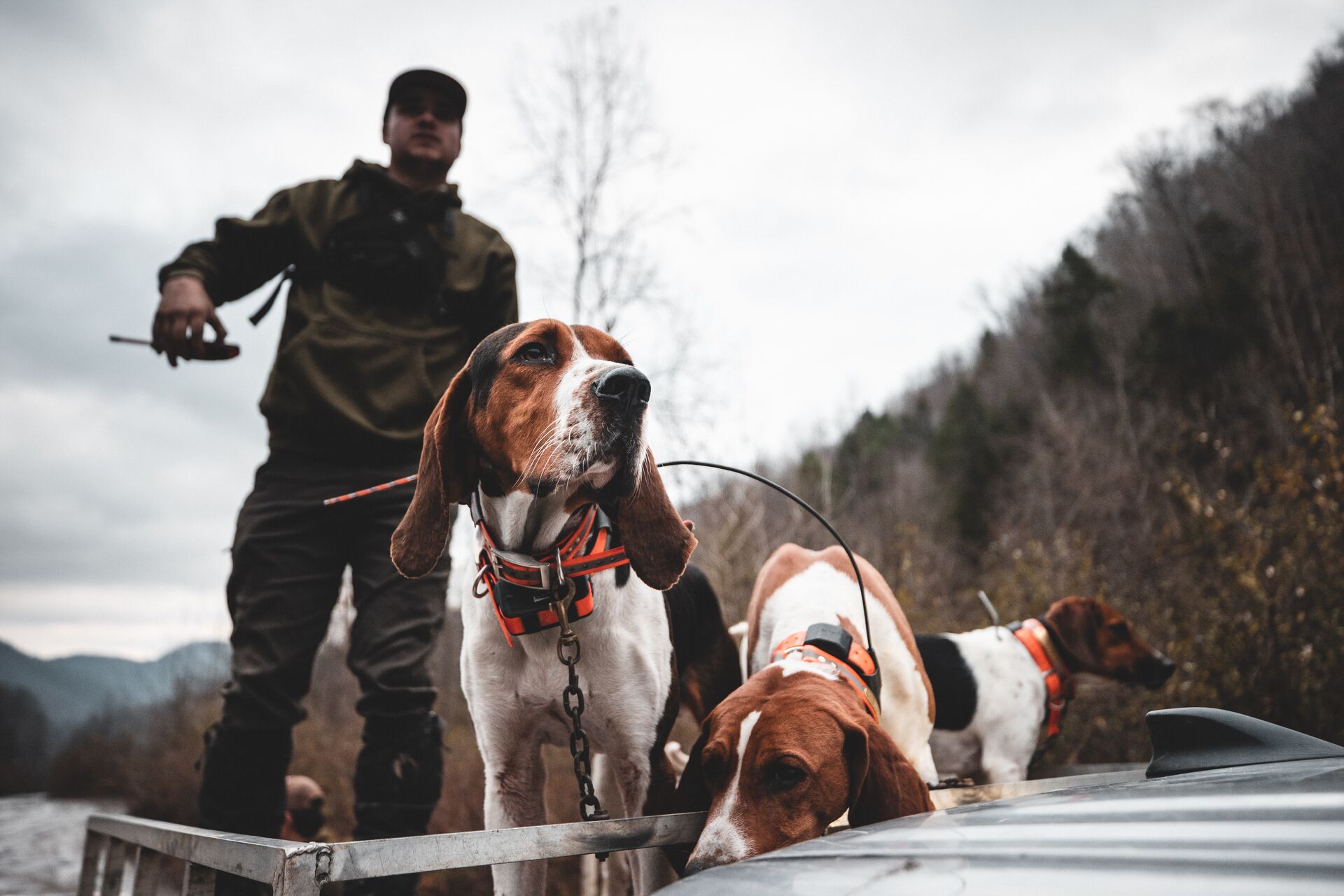
What Equipment Do You Need for Training a Pheasant Hunting Dog?
Proper training gear can make your summer sessions more effective and safe.
Here are some fundamental items you might want to keep in your summer dog training bag:
- Check cord of 25 to 50 feet to control your dog at longer distances than a standard 6-foot lead
- Whistle for recall or directional cues
- E-collar with vibration, tone, and adjustable momentary and continuous stimulation levels
- Bird traps with manual or electronic launchers
- Bumpers of different colors.
- Starter pistol or shotgun loaded with blanks
- Scent products
- Treats, kibble, or other rewards to reinforce desired behaviors
- A water dish and clean water to keep your dog hydrated
- A whistle for recall and directional cues at a distance
- First aid supplies to treat minor injuries
- Phone number and address of the nearest emergency veterinary clinic
You may not use all of these things for every training session, but being prepared helps you respond to your dog and its progress each time you train.
Keeping Your Dog in Peak Condition
Temperatures can still be warm during South Dakota pheasant hunting season, and your dog will be putting out maximum effort for long hours.
Summer training sessions can help prepare your dog for these conditions as long as you carefully monitor it for signs of exhaustion or overheating.
Look for excessive panting, dark red or purple tongue, drooling, lethargy, or disorientation. Ensure your dog is fed a high-protein, premium diet and has access to clean water.
Additionally, keep your dog current on vaccinations and get a pre-season check-up with your veterinarian to make sure there are no surprises once your dog is in the pheasant fields. You’ll also want to ask your vet about any necessary parasite precautions.
Training on Public and Private Land in South Dakota
South Dakota offers several options for training dogs during the off-season. Public lands like Game Production Areas (GPAs) will allow dog training. However, there may be seasonal restrictions during the breeding season.
If you would like to use private land for training, always get written permission from the landowner.
Regardless of the type of land you’re training on, always practice ethical land use. Please clean up after yourself and your dog, and leave the pasture gates as you found them.
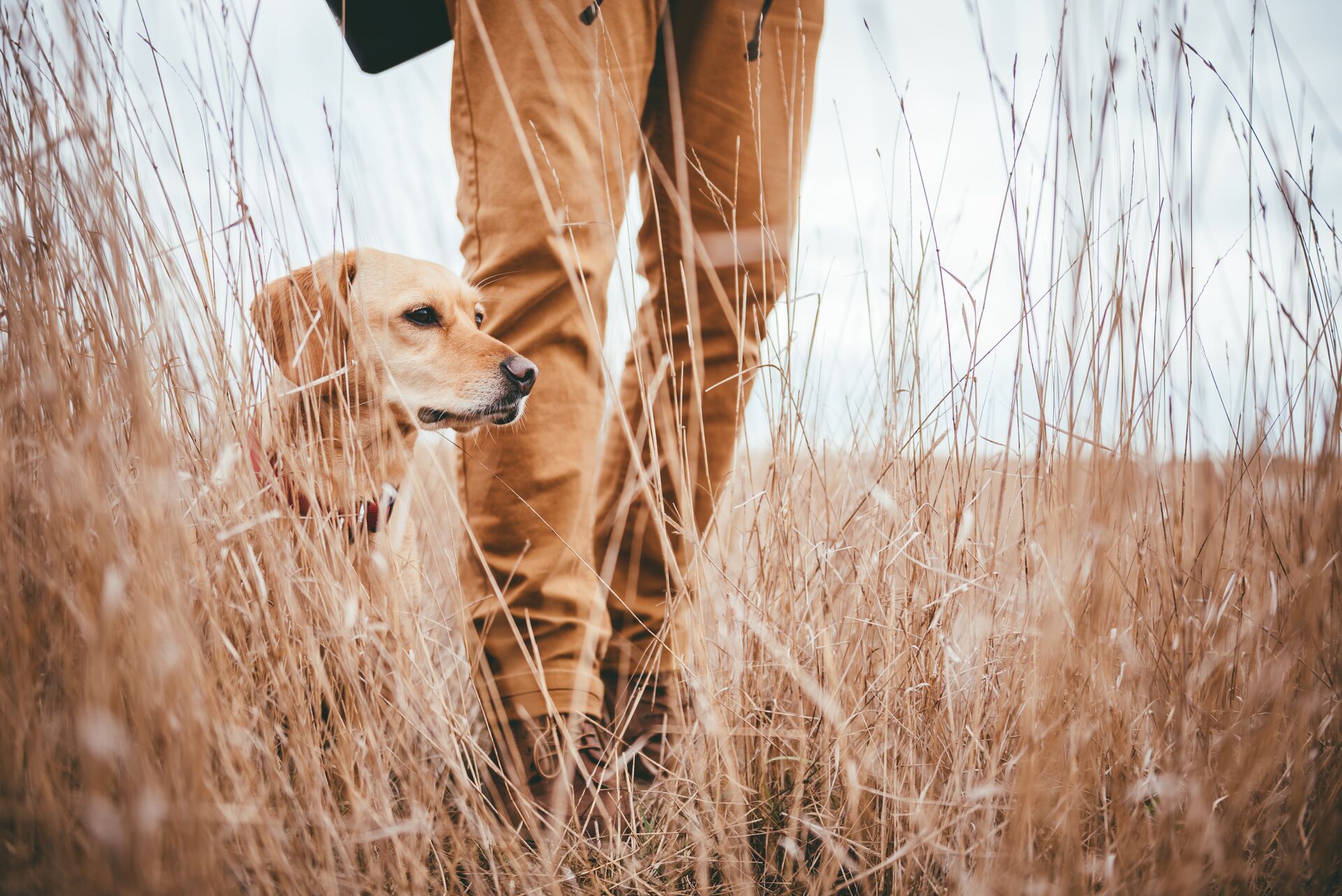
Get Ready for South Dakota Pheasant Hunting Season with ilearntohunt
Pheasant hunting can be a beautiful partnership between you and your dog. Use the long summer days to create a strong foundation for the upcoming South Dakota pheasant hunting season. Invest your time honing basic obedience and building new field skills to set your four-legged hunting partner up for success.
If you’re new to upland hunting, make sure you've met your state's requirements for hunter education. ilearntohunt can help! Our online courses will help you better understand gear, shooting fundamentals, safe hunting practices, and more.
Combining an educated hunter and a properly trained dog sets the stage for memorable days chasing birds in South Dakota’s legendary pheasant fields.
As you prepare for your hunt, take the ilearntohunt course for your state.
Then, enjoy time in the field with your dog!


